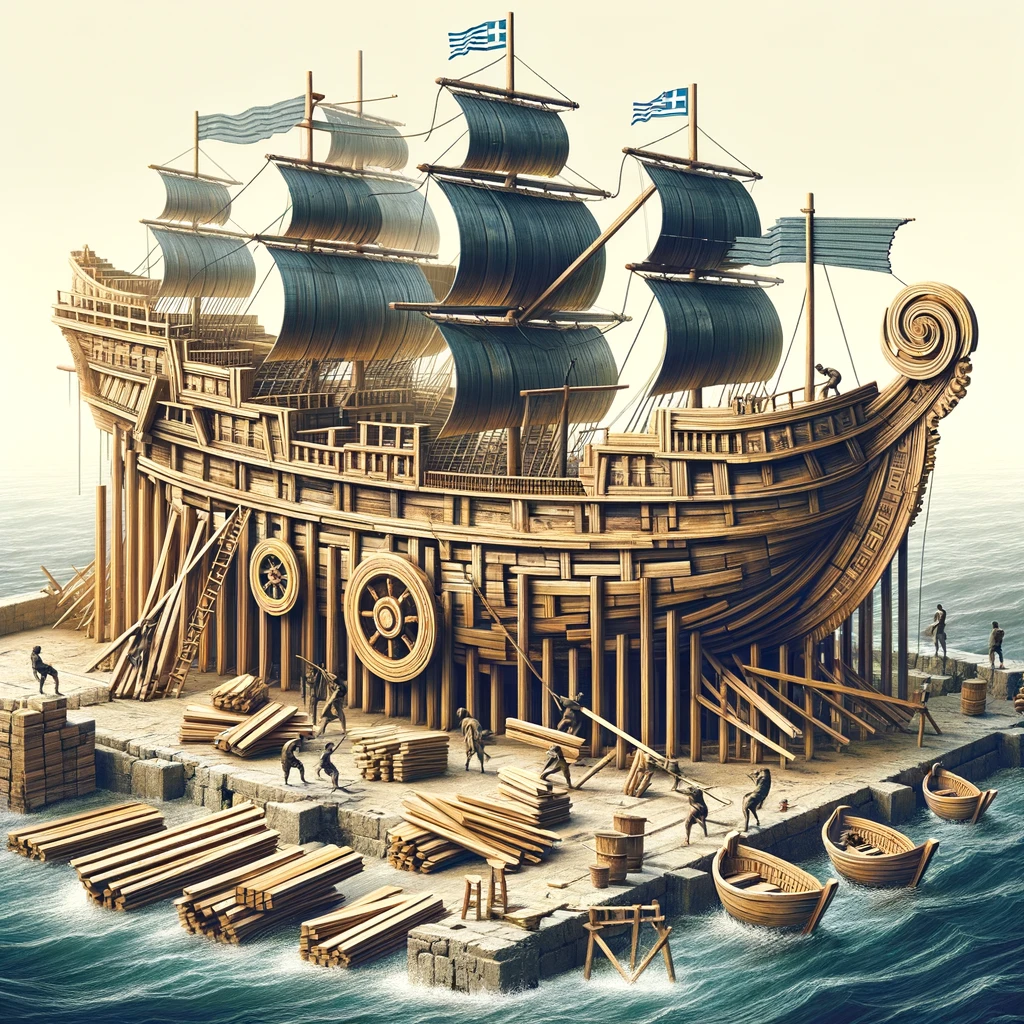Ship of Theseus


What is the Ship of Theseus?
The Ship of Theseus is a puzzle that makes us wonder about identity—what it means to be the same thing over time. Here’s one way to see it: say we have an old ship that was used by a hero named Theseus. This ship is now like a museum piece to celebrate his adventures. But as time goes by, the wooden parts start to rot, and people replace them, one by one, with new pieces that look just the same. Eventually, they change every single part. Now, people start asking a big question: Is the ship still the same Ship of Theseus?
At its core, this question makes us think about when things change, what it is that makes them still the same thing, or if they become different.
Simple Definitions
Here are two detailed definitions to understand this topic:
- Definition by Identity Over Time: If you watched something change slowly—like an old car getting repaired until every part’s been changed, but it still looks and runs like it did before—you might say it’s still the same car because it kept its look and purpose. This is like saying the Ship of Theseus is still the same because, despite all the changes, it still looks like Theseus’s ship and serves to remind people of him.
- Definition by Physical Continuity: Now, imagine a favorite toy you have. If someone switched it out for a lookalike while you slept, even if it was super similar, you’d probably feel like it’s not the same because it’s not the toy you’ve had all along. This way of thinking says that for the ship to be the Ship of Theseus, it needs to have the original pieces—the physical stuff it started with.
Examples and Explanations
Let’s talk about some examples that show what we mean by the Ship of Theseus:
- Your Favorite Sweater: Imagine you have a sweater you love, but over time you patch it up here and there. Slowly, you replace the whole thing. What makes it your favorite sweater now? Is it because you think of it as the same, or is it really different because none of the starting material is left?
- A Band’s Lineup: Think about a music band you like. Over the years, the members might change, one at a time, until none of the original band members are left. Is it still the same band if they play the same songs, or is it a new band because the people have changed?
- Your Own Body: Just like the ship, your body replaces its cells over time. In about seven years, nearly all your cells have been swapped with new ones. Are you still the same person you were seven years ago?
- A Family Recipe: Say your family has a special recipe that you tweak a little every time you make it. Eventually, you’ve changed every part of the recipe. Is it still the family recipe, or something new?
- A Town’s Name: A town might change its name. As time passes and new families come in and old buildings are replaced, is it still the same town?
Related Topics
Here are some topics that go hand in hand with the Ship of Theseus:
- Identity and Change: This is about how things can be seen as the same even when they go through changes.
- Temporal Parts: This is a way to think about how objects might be different at every moment, but together all those pieces over time make up what the object is.
- Permanence and Flux: It’s a discussion about what stays the same and what’s always changing in the world.
Why is it Important?
The Ship of Theseus isn’t just a riddle from the past—it actually helps us understand real problems today. For example, let’s say someone needs to decide who owns an old building that’s been rebuilt. This riddle can help them think about whether it’s still the original building or if it’s become something new. Or in biology, it helps us understand our sense of self, as we grow and change. It’s about all sorts of things that shift and transform but still have a thread of sameness. So, even though it might not seem like it, this old Greek puzzle tells us a lot about how the world keeps going and changing and how we fit into it all.
Conclusion
The Ship of Theseus is a powerful lens for looking at how we see the world and the stuff in it. By thinking about things as basic as “Are they the same as they were?” we can get wiser about how everything is connected and changes over time. Understanding this paradox gives us tools for thinking about everything from the stuff we own to who we are. And remember, even as things change—whether they’re ships, sweaters, or even ourselves—asking if they’re the same is about understanding how we see the world and what makes things special to us.
Related Post
Recent Posts
William Faulkner
Intro William Faulkner was a novelist from Mississippi and a major figure in American literature.…
Euripides
Intro Euripides was a playwright who lived during the golden age of Athenian culture. He…
Epicurious
Intro Greek philosophy has given us a lot of easily misunderstood terms: words like hedonism,…
Ralph Waldo Emerson
Intro Ralph Waldo Emerson was one of the titans of American Romanticism. Obsessed with freedom,…
John Dewey
Intro Although his name isn’t well known, John Dewey had a deep impact on American…
Dante Alighieri
Intro Dante Alighieri was an Italian poet and philosopher of the 14th century. He is…